Puzzle for a 6-Year-Old: How Many Pieces? A Comprehensive Guide
By the time children reach the age of 6, they typically demonstrate a marked increase in cognitive abilities, focus, and confidence. If your 6-year-old enjoys a good puzzle, you’re likely wondering how many pieces are best suited for them. As they move beyond the simpler puzzles of younger years, selecting the right level of complexity is key. In this in-depth guide, we’ll explore which puzzle sizes and themes are most appropriate for a 6-year-old, plus how personalized puzzles from SwappyPrint.com can enhance the experience.
1. Why Puzzles Are Invaluable at Age 6
At 6 years old, children are refining many crucial skills while also discovering new interests. Puzzles offer a hands-on, mentally stimulating activity that helps strengthen several developmental areas:
-
Cognitive Growth: Children sharpen problem-solving strategies, learn to organize pieces, and develop spatial awareness.
-
Improved Focus: Six-year-olds can concentrate for longer periods, making more complex puzzles an engaging challenge.
-
Fine Motor Skills: Picking up, turning, and fitting puzzle pieces hones coordination and dexterity.
-
Patience and Persistence: Solving puzzles encourages children to take their time and overcome frustration.
-
Enhanced Self-Confidence: Completing a puzzle, especially one with a higher piece count, fosters a sense of accomplishment.
A puzzle that is neither too easy nor too frustrating can spark curiosity and promote a love of logical challenges.
2. Recommended Puzzle Sizes for a 6-Year-Old
For many 6-year-olds, puzzle sizes can range anywhere from 110 to 252 pieces, depending on individual skill and exposure. Some children who are still building up confidence might start around 30 pieces, while more advanced young puzzlers may even show interest in larger sets of 500 pieces. The essential factor is matching the puzzle’s difficulty to your child’s comfort level.
2.1 Starting with 110 Pieces
An 110-piece puzzle is an excellent springboard for most 6-year-olds who have previously tackled simpler puzzles (30 to 50 pieces) or are generally comfortable with hands-on tasks. It introduces them to a moderate level of complexity that helps:
-
Strengthen their ability to plan and strategize the order in which they place pieces.
-
Encourage them to look for details in color, shape, and form.
-
Provide enough challenge without creating too much frustration.
2.2 Considering 252 Pieces
If your 6-year-old shows keen interest and does well with puzzle-solving, a 252-piece puzzle can be the next logical step:
-
Ideal for kids who enjoy spending extended periods focusing on a single activity.
-
Encourages systematic sorting of pieces by color or pattern.
-
Offers a more complex, yet still achievable, challenge.
2.3 Taking on 500 Pieces
Though it may sound daunting, some highly motivated 6-year-olds—or those who puzzle often with family—may enjoy attempting a 500-piece puzzle. Keep in mind:
-
They will likely need assistance, at least at the outset.
-
Treat it as a collaborative family project, working section by section.
-
Emphasize fun over speed, allowing them to build perseverance.
Not every 6-year-old is ready for 500 pieces, but including them in a bigger puzzle can still be an enriching shared experience.
3. Key Factors in Choosing the Right Puzzle
3.1 Image Complexity and Clarity
The puzzle’s image strongly influences how quickly a child can complete it. A highly detailed or subtle image might be more challenging than a simpler, vividly colored one—even if the number of pieces is the same. Consider the following:
-
High-Contrast Graphics: Clear divisions between colors and shapes help children locate relevant pieces.
-
Familiar Scenes: A puzzle showing animals, landscapes, cartoons, or characters they recognize can spark interest.
-
Thematic Connection: Linking the puzzle image to your child’s hobbies or favorite stories deepens engagement.
3.2 Material Quality and Piece Size
Look for puzzles made from durable, thick cardboard or wood. Pieces that fit snugly without bending or tearing will make the process more enjoyable, especially as the puzzle size increases. At SwappyPrint.com, puzzles are cut precisely to ensure minimal frustration with mismatched edges.
3.3 Balancing Difficulty with Enjoyment
As important as it is to challenge your child, it’s equally crucial to maintain a fun, confidence-building environment. If they find themselves constantly frustrated, they might lose interest. Observing your child’s reactions will help you decide when to step in or when to let them explore independently.
4. Why Personalization Matters
A personalized puzzle allows your child to reassemble an image that holds meaning for them, whether it’s a family photo, a favorite pet, or a cherished vacation memory. Here’s why that can be especially beneficial:
-
Increased Motivation: Recognizing family members, friends, or beloved scenes prompts your child to keep going.
-
Higher Emotional Value: The puzzle becomes a keepsake rather than a disposable toy.
-
Enhanced Language Skills: Many children love chatting about who or what they see in the picture, which fosters storytelling and conversation.
-
Greater Sense of Ownership: They feel proud of “their” custom puzzle, which reflects their interests and life.
At SwappyPrint.com, the available puzzle sizes—30, 110, 252, and 500 pieces—allow you to choose a personalized challenge that is right for your 6-year-old.
5. Supporting Your 6-Year-Old in Puzzle-Solving
Even though 6-year-olds are more independent, they may still benefit from a bit of guidance. Below are strategies to make puzzle time more rewarding:
-
Designate a Puzzle Space: A calm, well-lit corner helps them focus without distractions.
-
Demonstrate Systematic Approaches: Show them how to separate border pieces, group similar colors, or look for specific shapes.
-
Encourage Collaboration: Work together on tricky sections, gradually handing over the reins.
-
Celebrate Small Milestones: Praise each breakthrough, whether it’s fitting the first corner or completing an entire section.
-
Allow Breaks: For larger puzzles, a short pause can prevent frustration and keep motivation high.
6. Transitioning to Larger Puzzles Over Time
6.1 Step-by-Step Advancement
With 6-year-olds, the path to bigger puzzle sizes is typically incremental:
-
Begin with around 110 pieces, building skills and confidence.
-
Move up to 252 pieces once they are consistently completing 110-piece puzzles with minimal assistance.
-
Attempt 500 pieces in a collaborative manner, taking breaks as needed.
6.2 Observing Growth and Readiness
Every child is unique. Some may breeze through 110 pieces and be eager for the next level, while others may prefer mastering the same puzzle multiple times.
Look for these indicators of puzzle readiness:
-
They can sit and focus on a puzzle for extended periods without losing interest.
-
They’re proud of finishing and immediately ask for a “bigger challenge.”
-
They demonstrate better organization, quickly sorting edge pieces or color groups.
7. Frequently Asked Questions
Q: Should my 6-year-old always solve puzzles alone?
A: It depends on the child’s preference. Many enjoy some independence, but guided support can help them refine techniques and handle frustration.
Q: How can I keep my child interested if they are struggling with a larger puzzle?
A: Break the puzzle into smaller goals, like completing a corner or a distinctive color cluster. Offer short breaks or switch tasks to keep morale high.
Q: Are puzzles truly educational?
A: Absolutely. Puzzles nurture spatial reasoning, problem-solving, memory, fine motor skills, and even language abilities when discussed.
Q: How long should a 6-year-old spend on a puzzle?
A: There’s no fixed time limit. Some children will work intently for 30 minutes, others prefer multiple shorter sessions.
8. Summary: Ideal Puzzle Sizes for a 6-Year-Old
-
Beginner or easily overwhelmed: Start with 30 pieces and build up.
-
Standard skill level: 110 pieces provide a good balance of challenge and achievability.
-
Ready to level up: 252 pieces for those who seek a new test of focus.
-
Ambitious or collaborative: 500 pieces can be approached gradually, especially with adult help.
Above all, adapt to your child’s evolving interests, skill set, and enjoyment.
Conclusion
A well-chosen puzzle fosters growth in problem-solving, concentration, and confidence, making it a top activity for 6-year-olds. Whether you settle on a 110-piece puzzle, move toward 252, or even explore 500-piece options, the key is matching the puzzle’s complexity with your child’s developmental stage.
By personalizing puzzles through SwappyPrint.com, you transform a simple game into a meaningful keepsake. Your child will cherish both the process of assembling familiar images and the final result. This combination of fun and memory-building ensures a unique puzzle experience that supports essential cognitive and emotional skills.
Ready to give your 6-year-old a memorable puzzle challenge? Explore the range of high-quality, personalized puzzles at SwappyPrint.com, where you can choose from 30, 110, 252, or 500 pieces, perfectly suited to your child’s growth and curiosity.

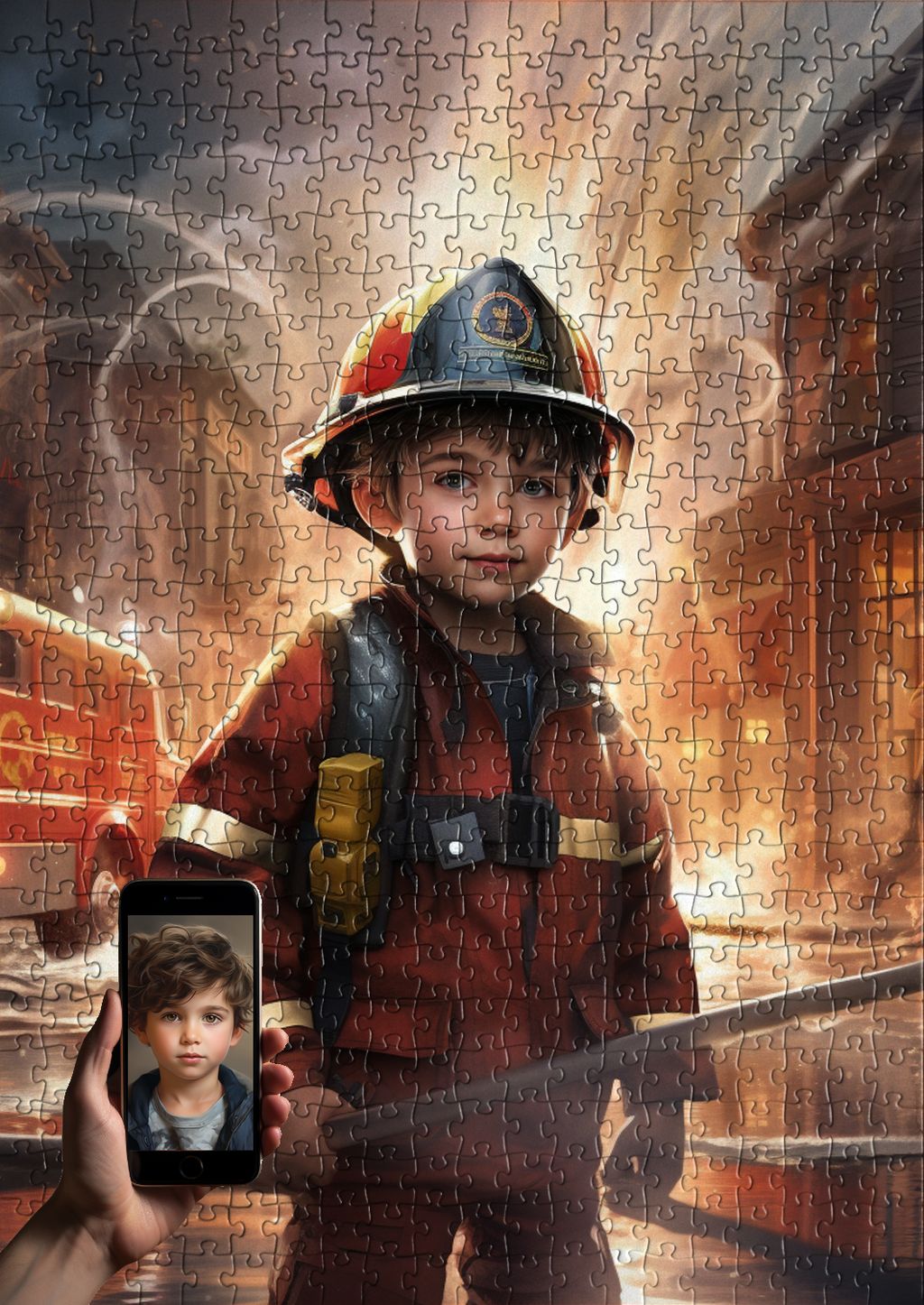
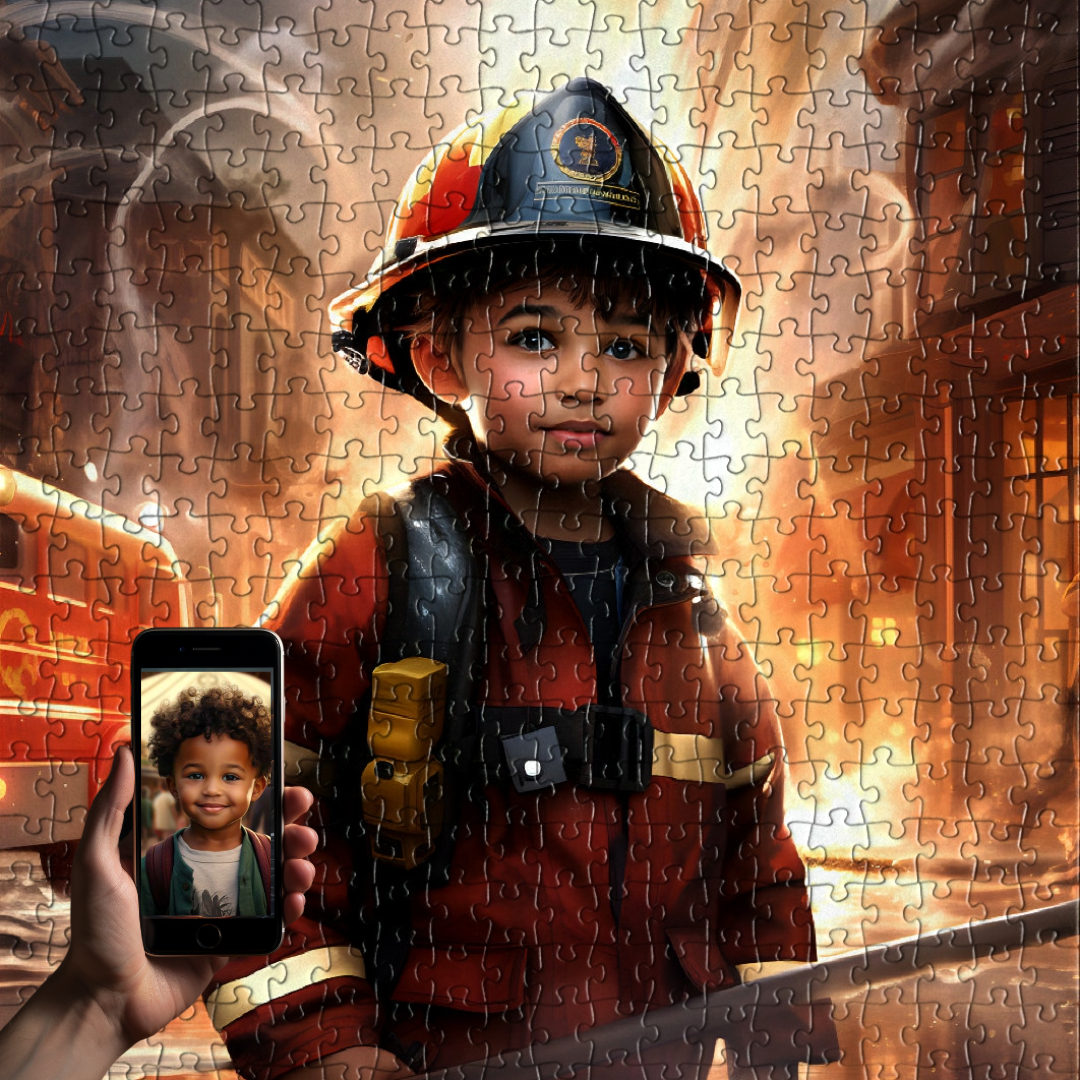
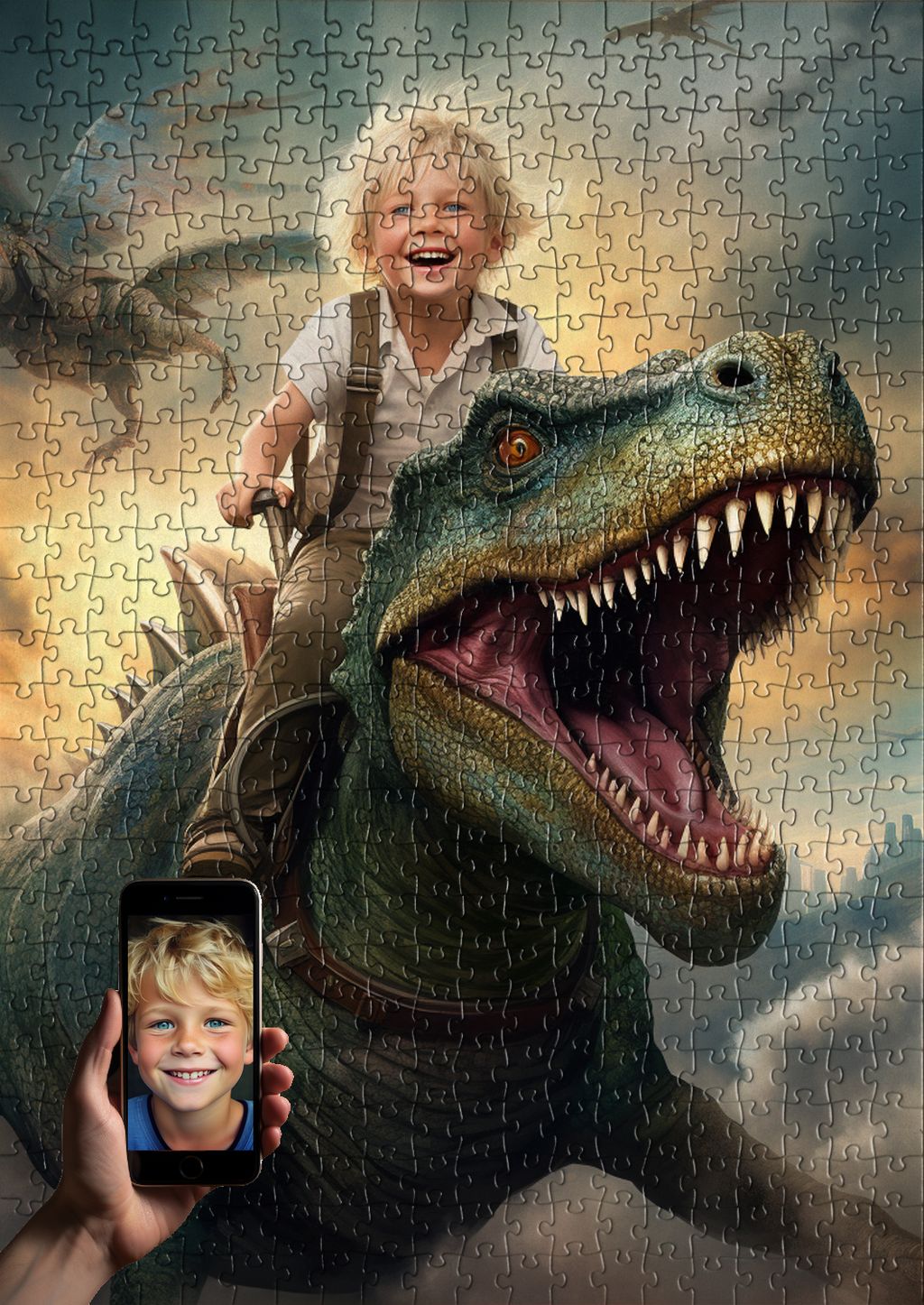

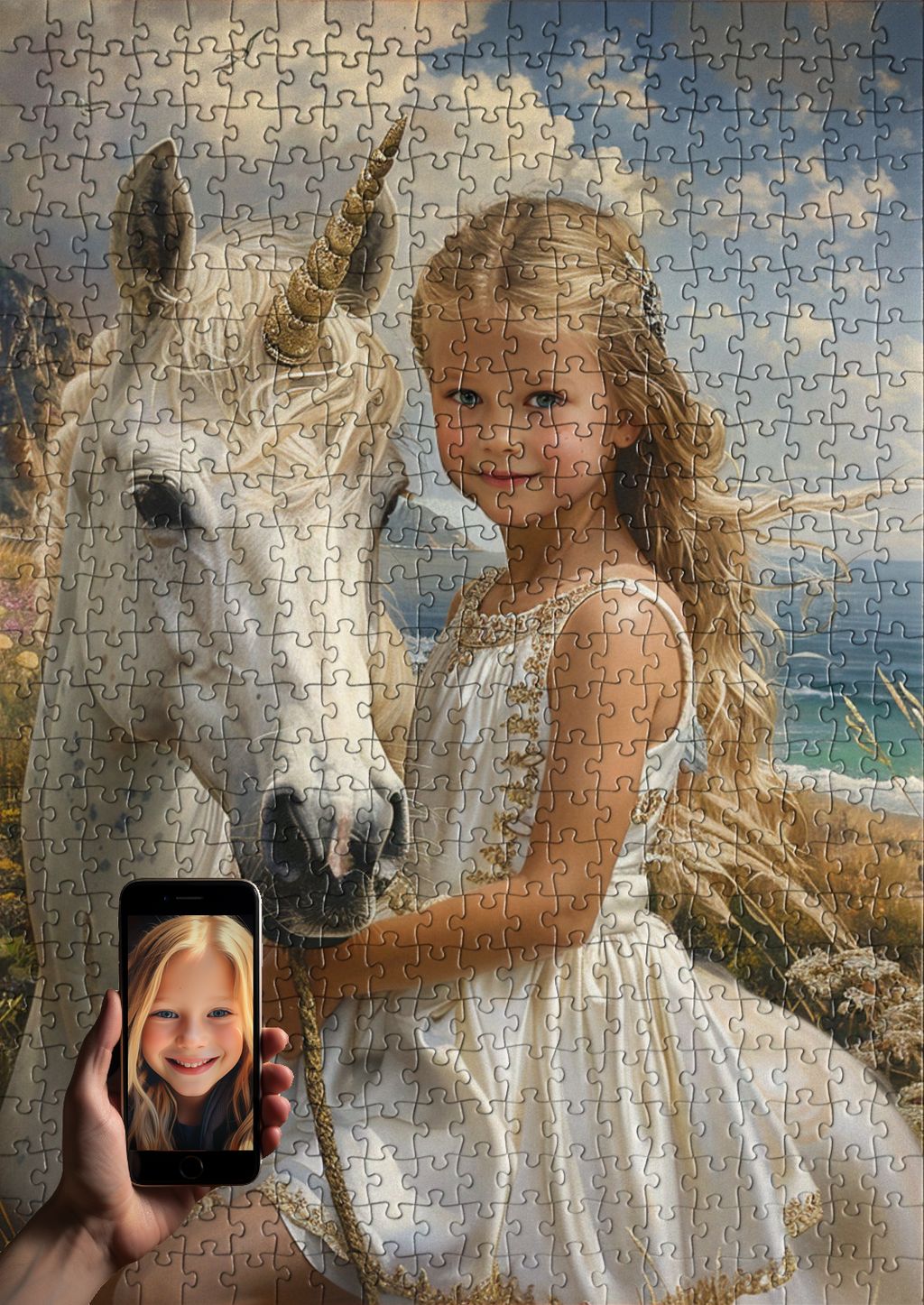
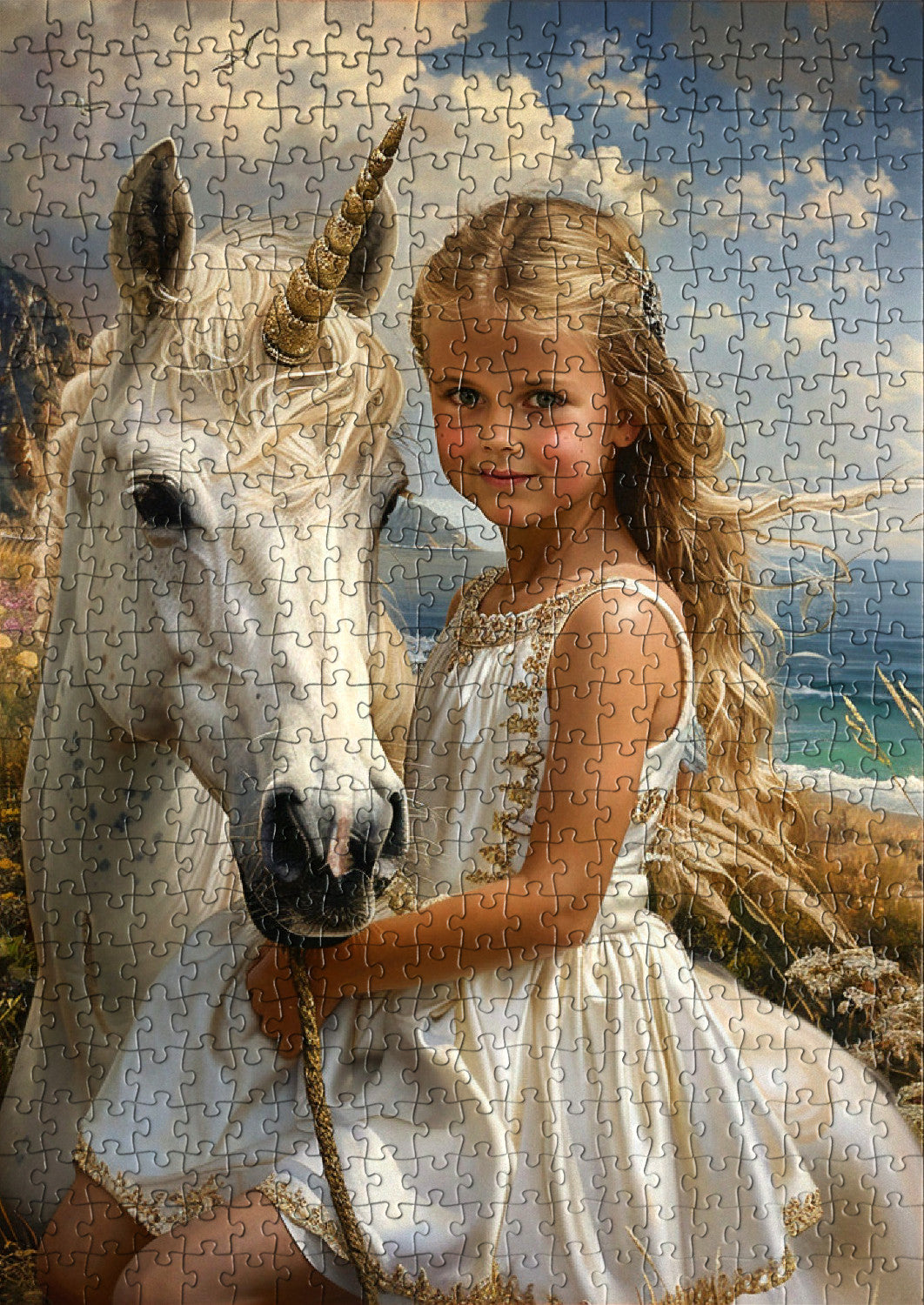
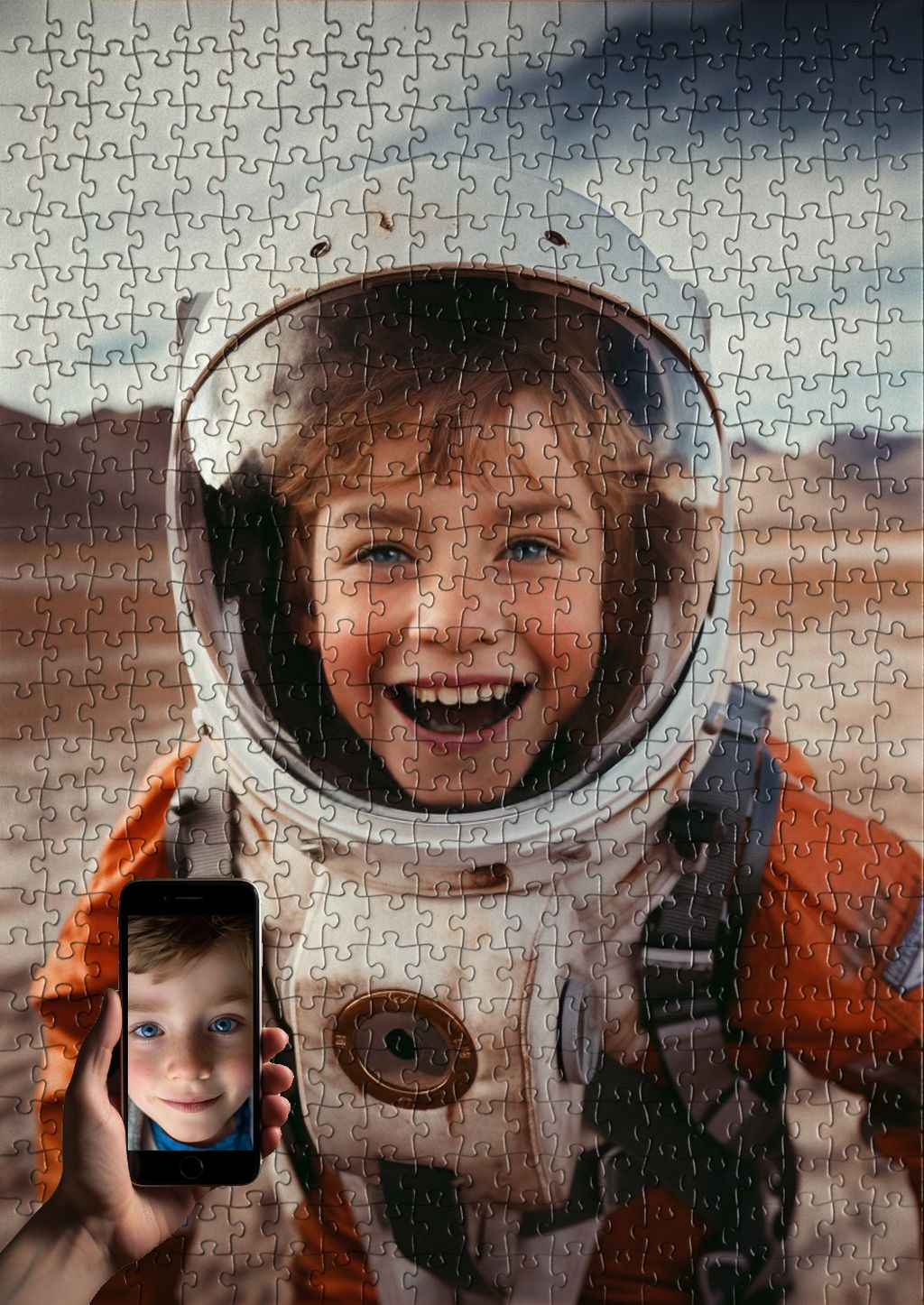
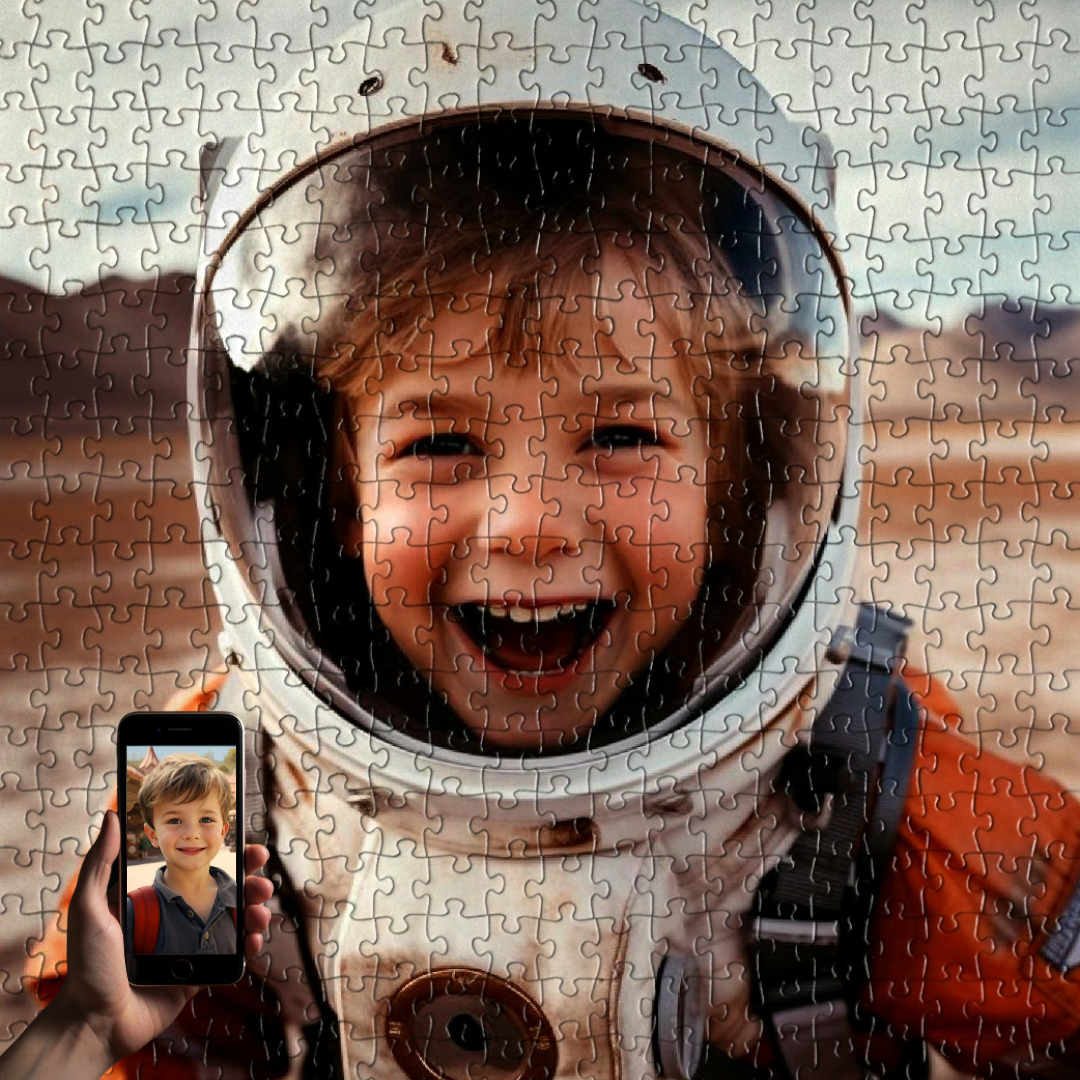
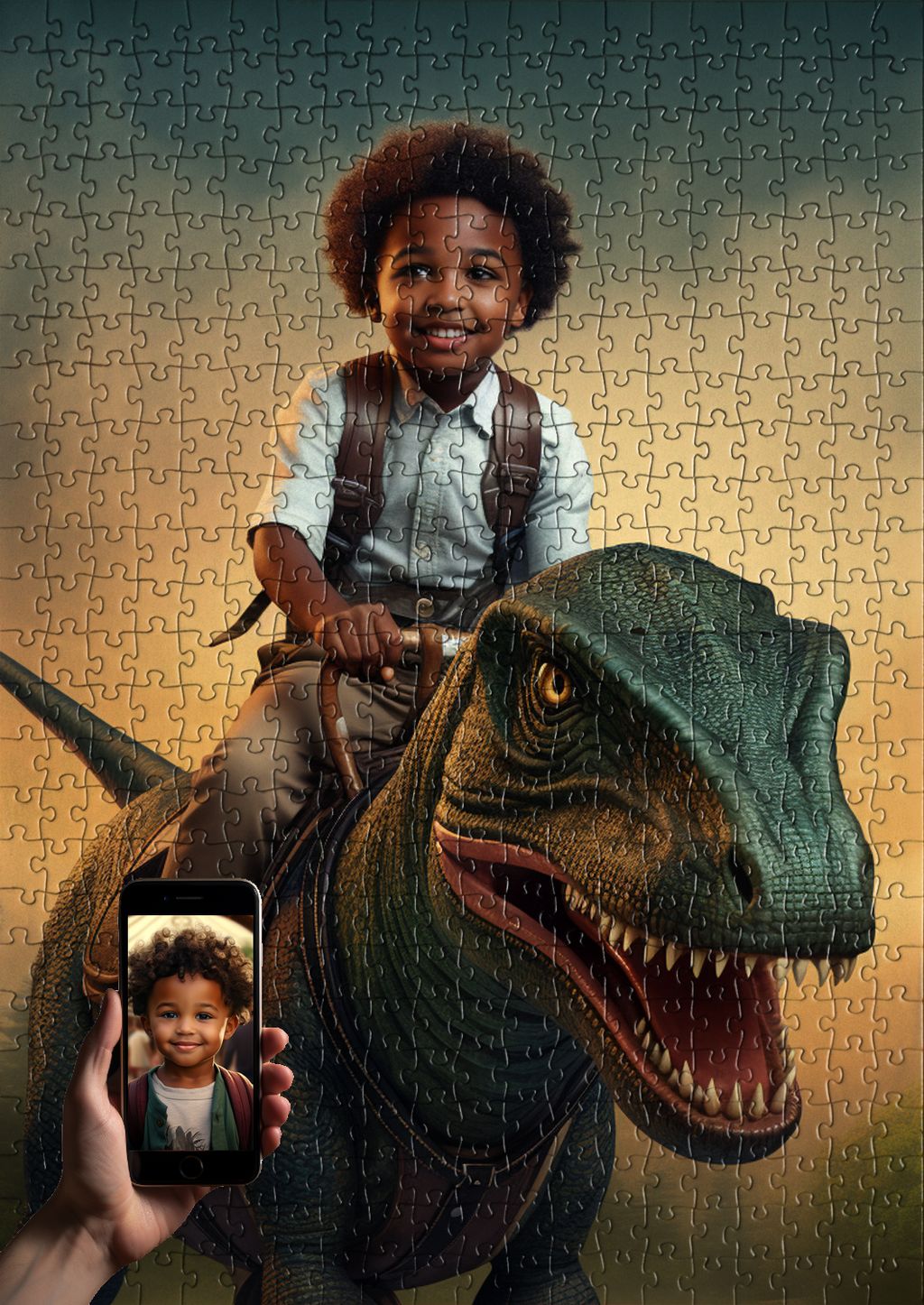
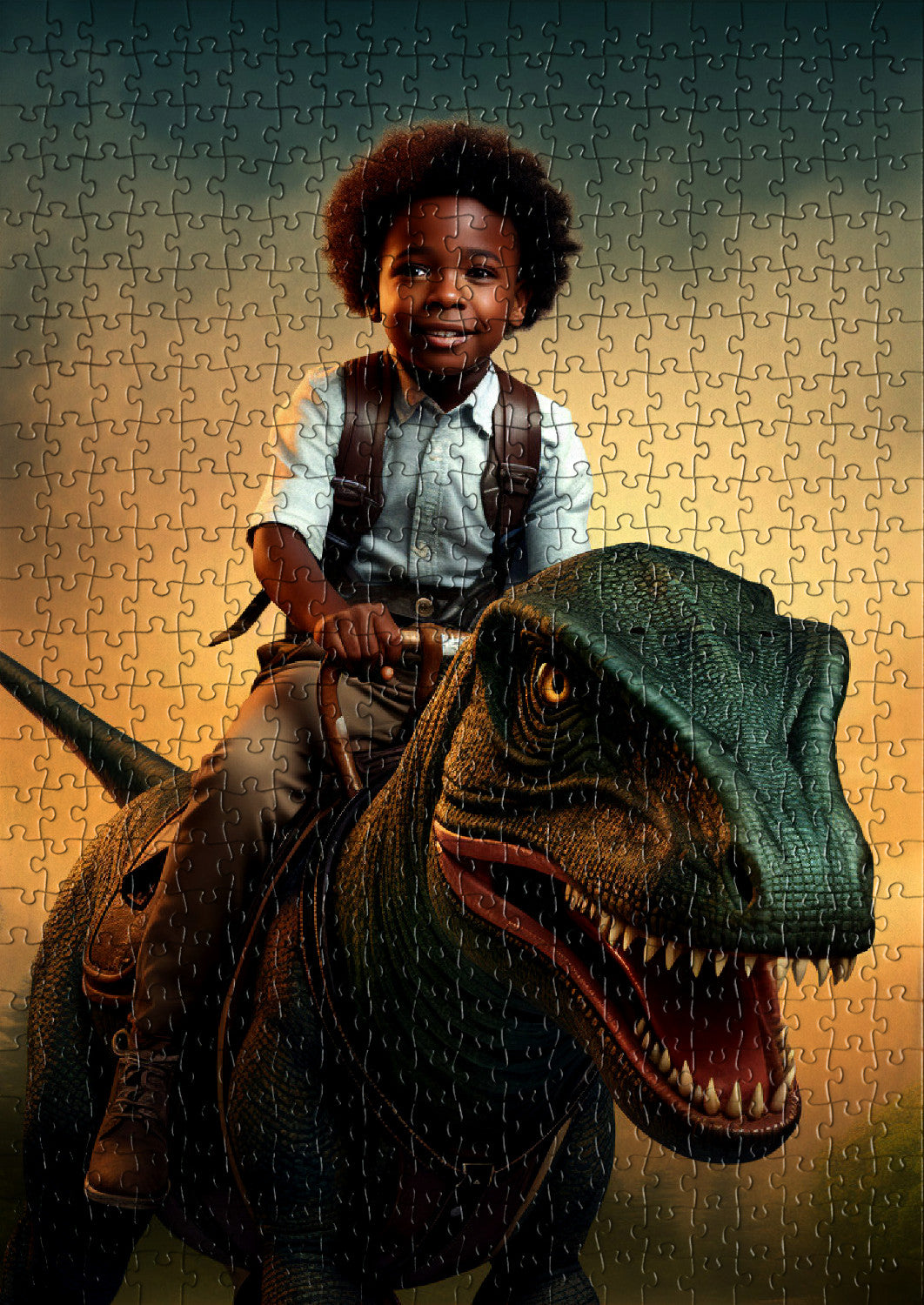
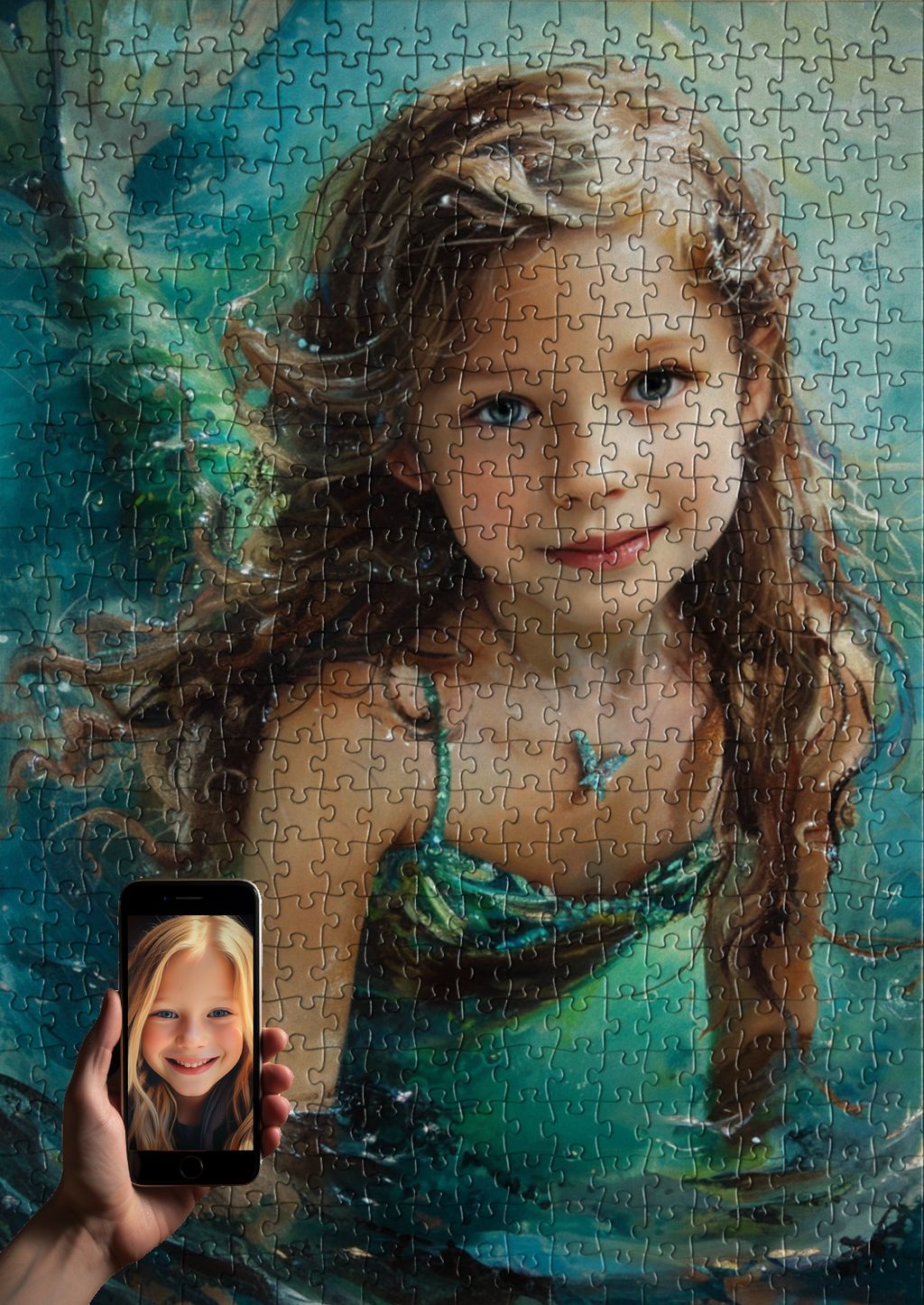
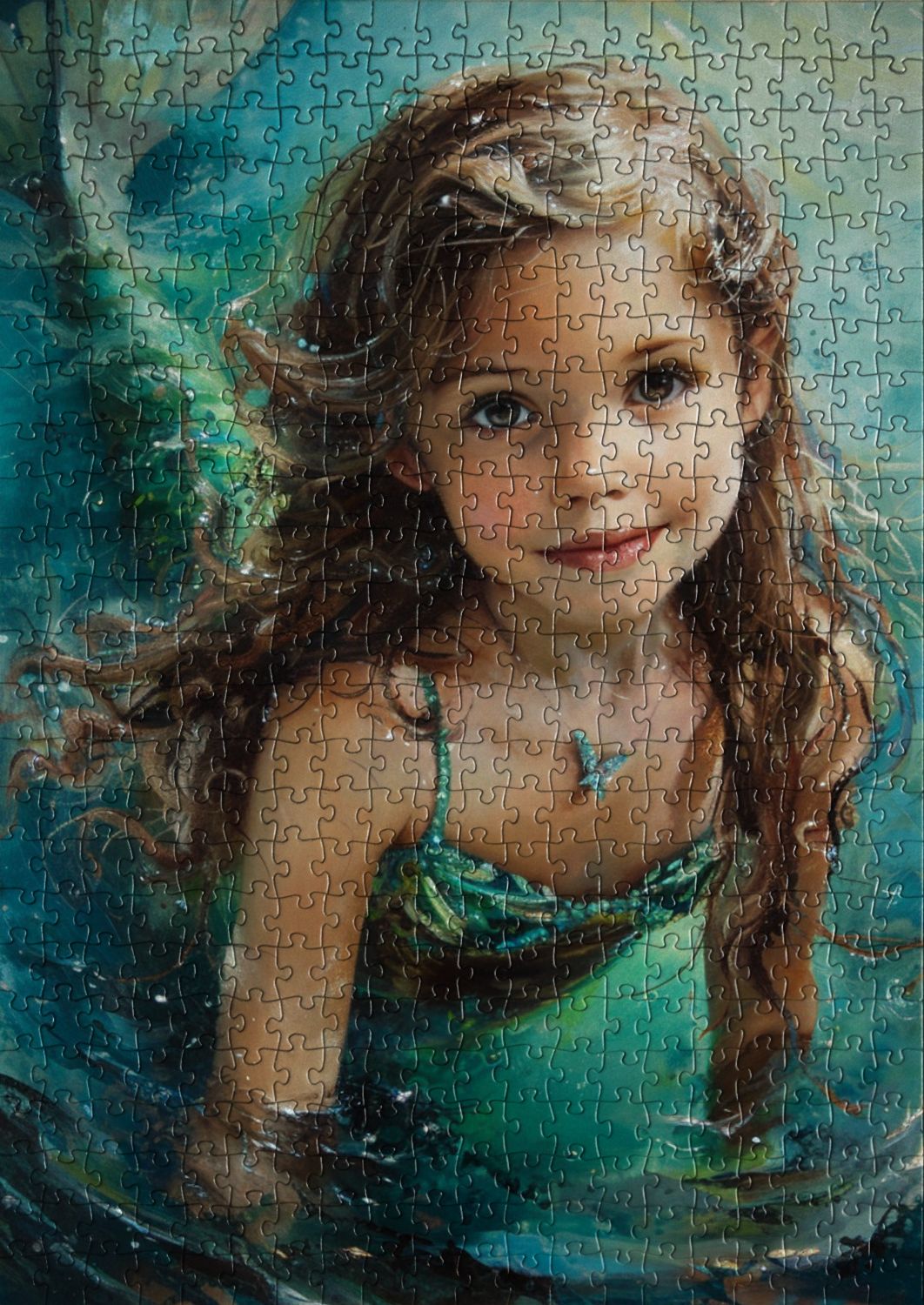

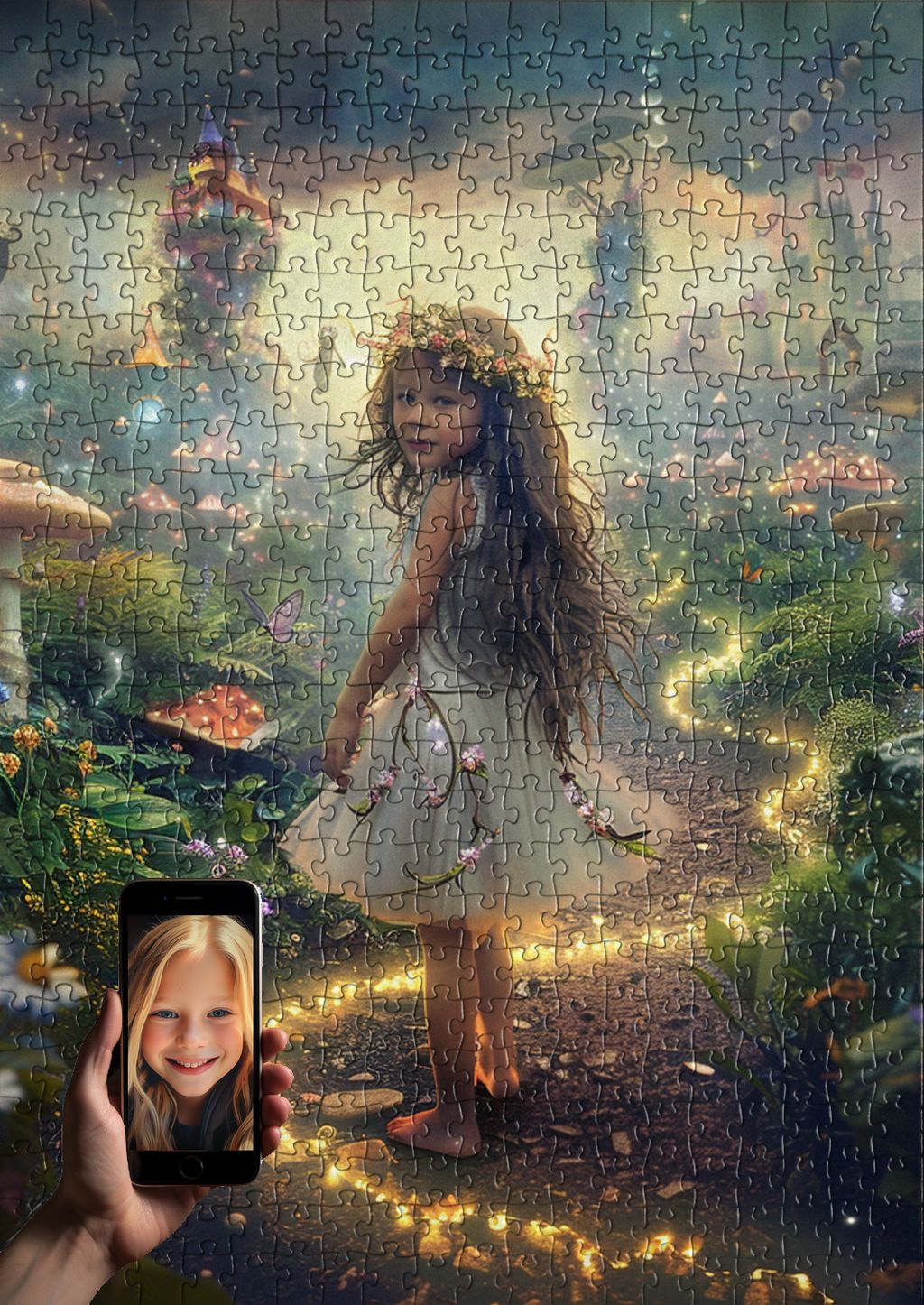
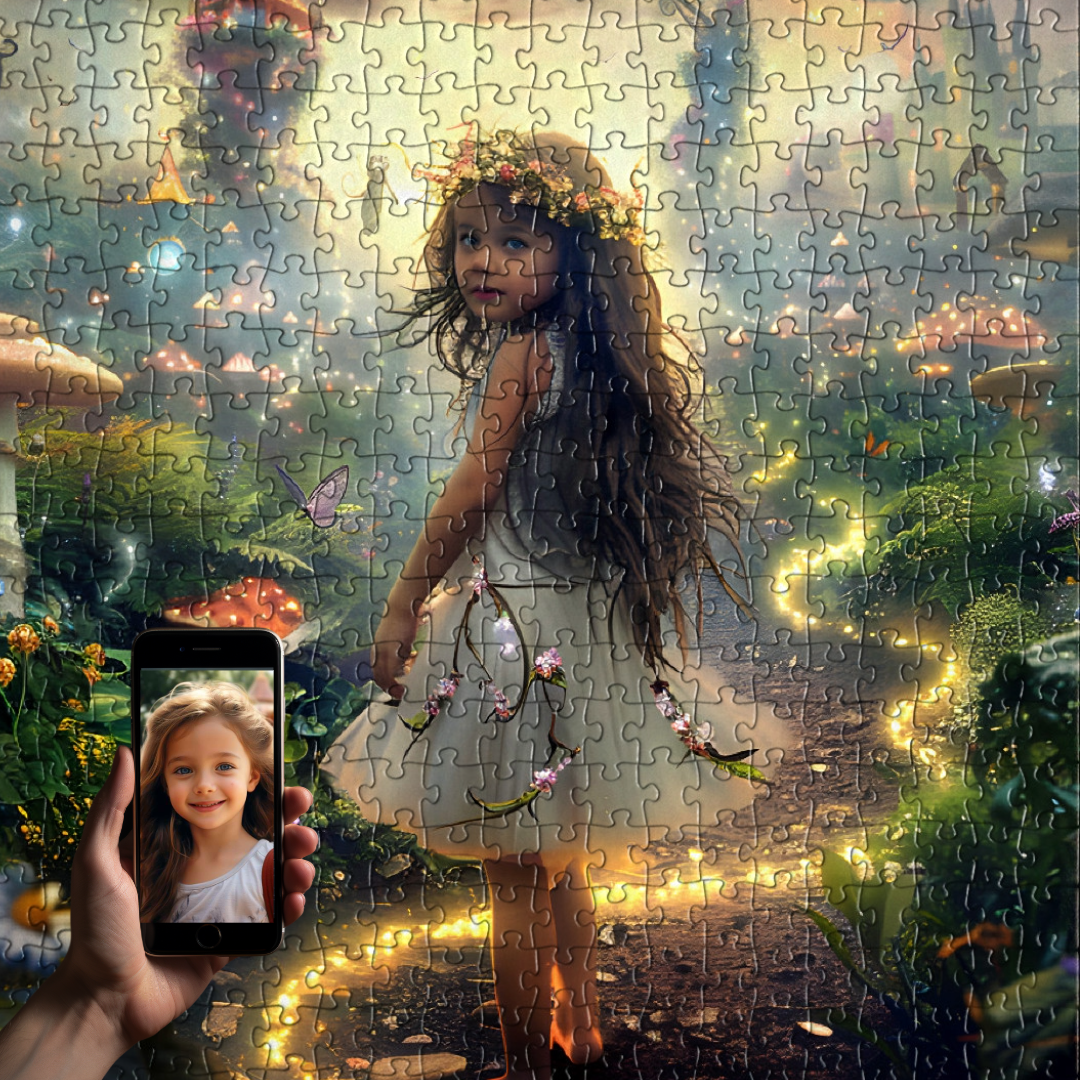
Share and get 15% off!
Simply share this product on one of the following social networks and you will unlock 15% off!